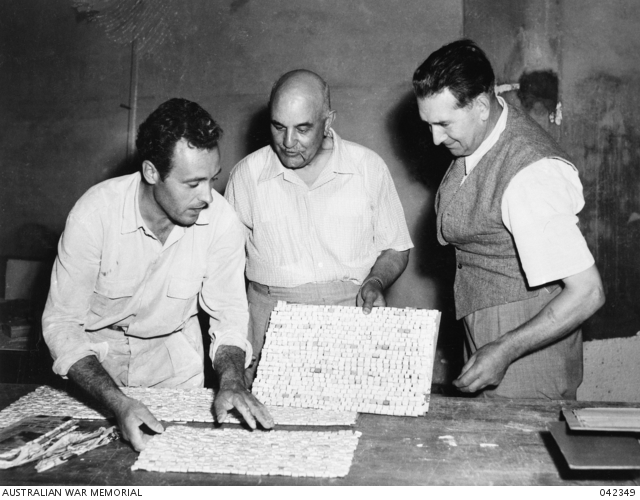Heart of the land they loved
When Walter Burley Griffin won the Federal Capital Design Competition in May 1911, there was no need to incorporate a site for an Australian War Memorial. However, nothing could have prepared Australians for the events of the Great War. By 1918 a national monument to the service and sacrifice of those who had died and those who had served became essential to Canberra’s design.
Politics will always divide Australians, but our shared losses and the desire to remember the qualities we have held dear in times of adversity will bring us together. Perhaps more so than any other aspect of this city, commemoration makes Canberra the true heart of the nation.
Establishment of the Australian War Memorial
The inauguration of the Australian War Memorial, Canberra, ANZAC Day 1929
As few of those grieving over the loss of their loved ones would get to Gallipoli or the Western Front, Charles Bean conceived the idea of an Australian war memorial.
Read more about the establishment of the Australian War Memorial...
Hall of Memory
Aldo Rossi (left), Severino De Marco (centre) and Napier Waller, examining the mosaic prior to ...
The Hall of Memory, set above the Pool of Reflection, is at the heart of the Australian War Memorial.
Read more the Hall of Memory...
Planting of Lone Pine
Wreath of red poppies from ceremony to plant Lone Pine tree at Australian War Memorial, 1934
Turkish troops had felled nearby pine trees to fortify their trenches and only a solitary one remained on the afternoon of 6 August 1915, when the battle of Lone Pine began.
Read more about planting of Lone Pine...
Continuing centre for commemoration
When Australia’s official war correspondent Charles Bean envisioned the Australian War Memorial, he pictured a place that would not only hold records and relics of war, but one that would also commemorate the Australians who lost their lives fighting for their country “on some hill-top still, beautiful, gleaming white and silent”.
Read more about commemoration



